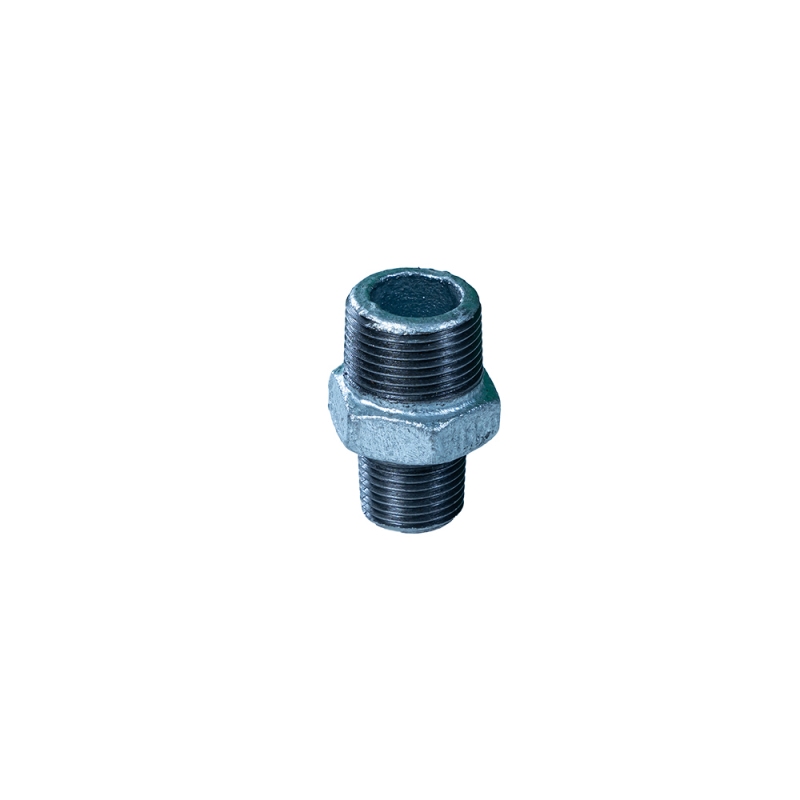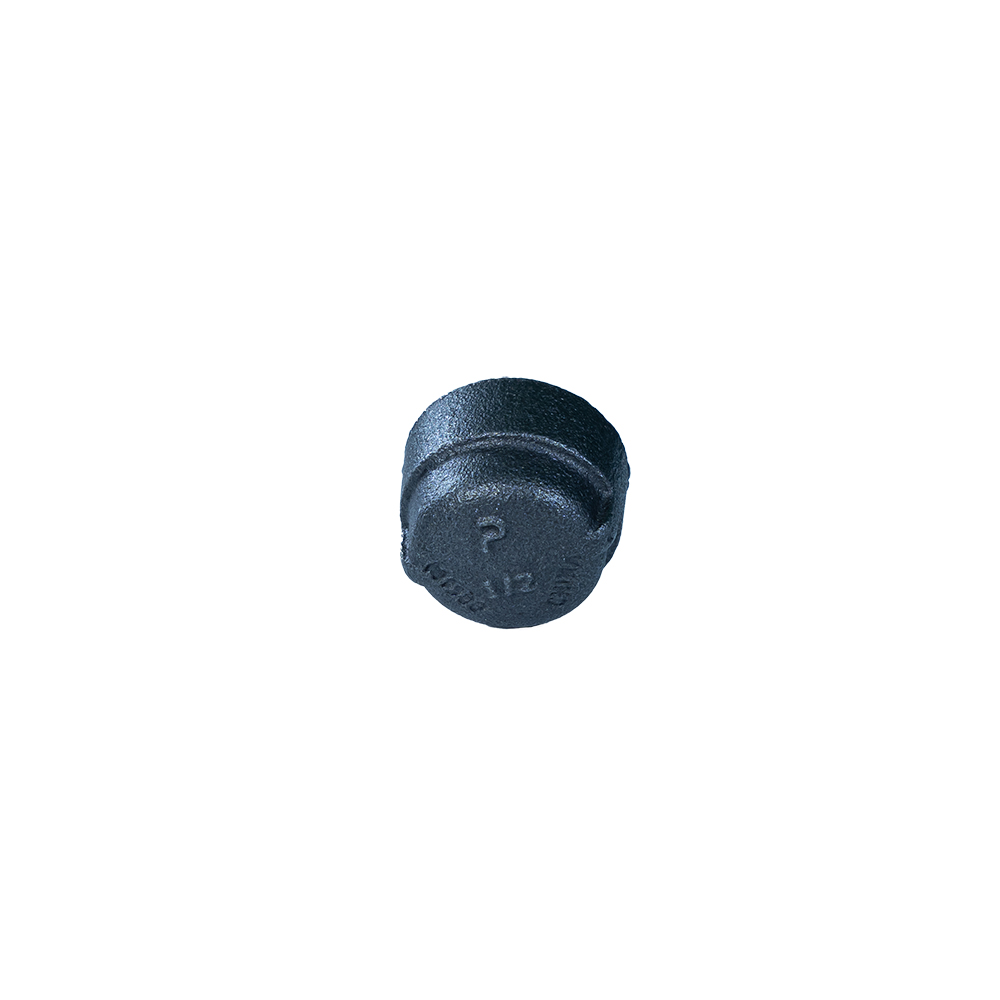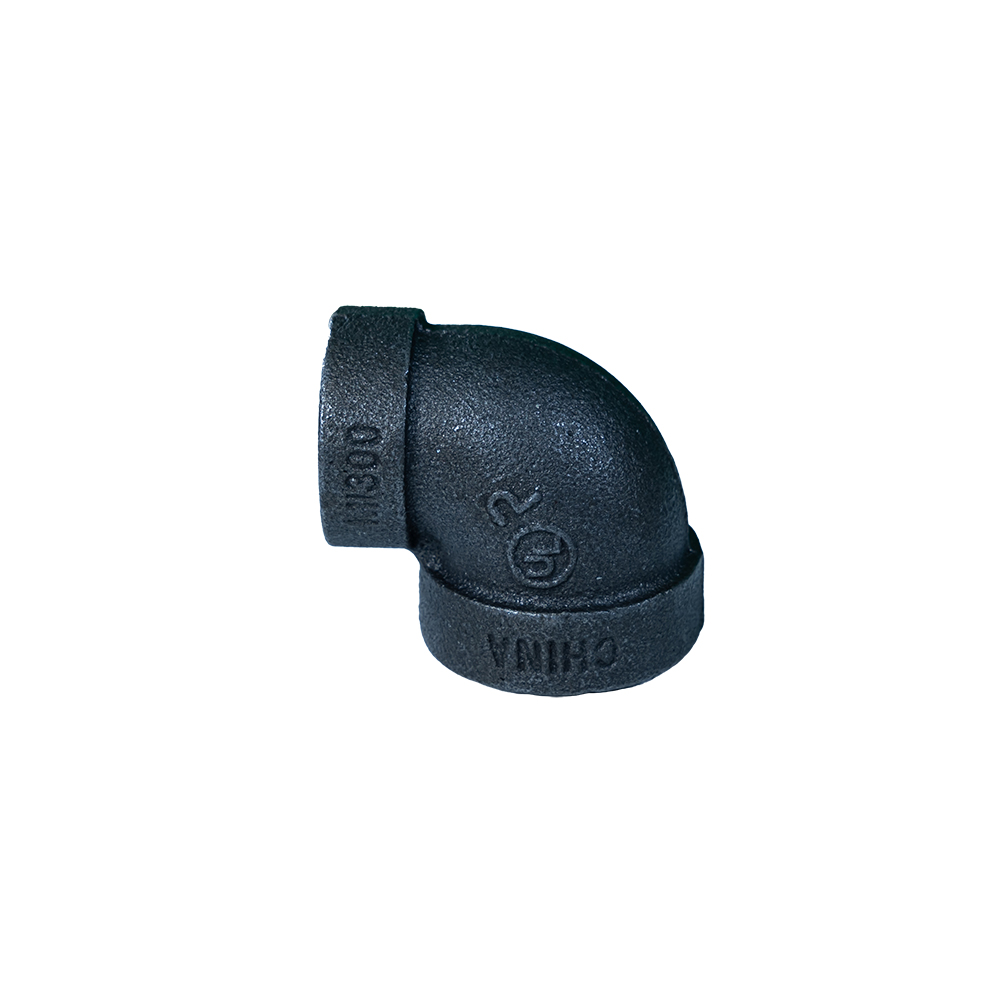Understanding the Different Types of Pipe Fittings: Why It Matters Globally
Every time you turn on a tap, flush a toilet, or see a factory humming in the background, pipe fittings are quietly doing their job. These seemingly mundane components play a crucial role in countless industries — from potable water distribution to oil pipelines, from fire sprinkler systems to food processing plants. But it’s not just about holding pipes together; the different types of pipe fittings are central to safety, efficiency, and adaptability on a global scale. For infrastructure engineers, facility managers, and even humanitarian agencies, understanding these fittings is like having a secret handshake that unlocks better system design and sustainable maintenance.
The Global Context of Different Types of Pipe Fittings
According to the International Organization for Standardization (ISO), an estimated 60% of global water and gas utilities rely on standardized piping systems that incorporate a variety of pipe fittings to ensure smooth operations. The World Bank reports that about 2.2 billion people worldwide lack access to safely managed drinking water services, making efficient piping systems with reliable fittings a critical factor in improving public health.
Yet, despite the progress, challenges persist: mismatched or low-quality fittings can cause leaks, contamination, or costly downtime. The demand for more durable, adaptable, and affordable pipe fittings spans across continents. For industries as diverse as construction, petrochemical, and municipal services, selecting the right types of pipe fittings becomes more than a technical choice—it’s a strategic necessity that impacts billions.
What Are Different Types of Pipe Fittings?
In simplest terms, pipe fittings are mechanical components designed to connect, redirect, end, regulate, or branch piping in a fluid transport system. Different types of pipe fittings include elbows, tees, reducers, couplings, caps, flanges, and adapters—each serving a distinct purpose to facilitate complex pipeline layouts and operations.
Think of it like a plumbing Lego set for adults, used not just in home systems but also in massive industrial complexes or relief efforts that bring clean water to remote regions. The right pipe fitting ensures a tight seal, prevents leaks, accommodates expansion or contraction, and sometimes even allows disassembly if maintenance is needed.
Key Factors to Consider When Selecting Pipe Fittings
Durability and Material Compatibility
The material of the fitting—from stainless steel and brass to PVC and carbon steel—must match the pipe and the substance flowing through. Chemical resistance and pressure ratings are often deal-breakers. For example, many chemical plants require fittings that withstand corrosive fluids for decades.
Size and Connection Type
Pipe fittings come in a spectrum of sizes and connection methods—threaded, welded, flanged, or compression. The connection style influences installation speed, cost, and serviceability. Threaded fittings might be quick but unsuitable for high-pressure lines, where welded or flanged joints excel.
Cost Efficiency
While it might be tempting to go for the cheapest fittings, longevity and maintenance costs are often more important. Investing in high-quality fittings can reduce the risk of system failure, which is crucial for industries like oil refining or food processing, where downtime is expensive.
Adaptability and Scalability
As industrial operations expand or projects evolve, fittings that allow modular changes or easy upgrades can save time and money. Some modern fittings even incorporate smart sensors for condition monitoring—an emerging trend we'll revisit.
Mini takeaway: Selecting pipe fittings isn’t about picking parts randomly; it’s a balance between material science, engineering needs, budget, and future-proofing.
Global Applications & Practical Use Cases
In real terms, different types of pipe fittings find themselves in incredibly varied scenarios:
- Water treatment plants in Southeast Asia: deploy corrosion-resistant fittings that tackle brackish water and rapid temperature changes.
- Post-disaster relief efforts: rely on modular, easy-to-install couplings and elbows to quickly establish potable water lines under urgent timelines.
- Industrial petrochemical hubs in the Middle East: prefer flanged, welded fittings that can withstand extreme pressure and heat.
- Urban fire sprinkler systems: often use reliable tee and nipple fittings designed for quick replacement during maintenance.
One real-world story: a South American mining operation upgraded its piping layout using a combination of seamless elbows and high-pressure flanges, reducing leakage by nearly 30%, which saved thousands of gallons of process water monthly and increased equipment lifespan.
Specifications of a Common Pipe Fitting: Welded Elbow (90°)
| Specification | Details |
|---|---|
| Material | Carbon Steel (A234 WPB) |
| Angle | 90 Degrees |
| Connection | Butt Welded |
| Pressure Rating | Class 150 (up to 285 psi) |
| Size Range | 1/2” - 24” Diameter |
Comparing Vendors: What to Look for When Choosing Pipe Fittings Suppliers
| Vendor | Product Range | Quality Certifications | Pricing | Lead Time |
|---|---|---|---|---|
| GlobalPipe Inc. | Extensive (steel, PVC, composites) | ISO 9001, API 6A | Premium | 2-3 weeks |
| PipeTech Solutions | Focused on steel flanges & elbows | API, ASTM Compliant | Mid-range | 1-2 weeks |
| EconoFit Systems | Basic PVC and brass fittings | ISO 14001 | Budget-friendly | 1 week |
Advantages of Using the Right Types of Pipe Fittings
The benefits ripple far beyond simply holding pipes together:
- Cost savings: Fewer leaks, minimal downtime, and reduced repair costs.
- Sustainability: Longer lasting materials reduce waste and the need for frequent replacements.
- Safety: Proper fittings prevent hazardous leaks and protect workers and communities.
- Simplicity in maintenance: Modular fittings make fixes and upgrades much easier and less costly.
Oddly enough, some engineers tell me that picking the “right” fitting sometimes feels more like an art form, balancing manufacturer specs versus on-site realities...
Future Trends and Innovations in Pipe Fittings
New materials like high-grade polymers and composite alloys are making fittings lighter and more corrosion-resistant. The integration of IoT sensors is beginning to transform fittings into smart nodes that monitor pressure, detect leaks, and even predict failures before they happen.
Green energy projects are driving innovations too — think geothermal plants with special thermal expansion fittings or hydrogen distribution networks requiring ultra-pure, leak-proof connectors. Sustainability standards and stricter regulations globally will only accelerate this transformation.
Challenges in Pipe Fitting Selection and Solutions
However, the journey isn't always smooth: mismatched specs, supply chain delays, or improper installation can all cause performance issues. Luckily, 3D modeling and simulation software tools allow engineers to virtually test piping networks before committing. Vendor transparency, quality certifications, and field training also mitigate risks.
FAQ: Frequently Asked Questions About Different Types of Pipe Fittings
- Q1: How do I know which pipe fitting material is best for my project?
- A: Consider the transported fluid, pressure, temperature, and environmental conditions. Steel alloys work well for high pressure and temperature, while PVC is common for potable water and lower pressure systems.
- Q2: Are threaded pipe fittings reliable for industrial use?
- A: Threaded fittings are quick and cost-effective but usually not recommended for very high-pressure or high-temperature applications due to potential leak risks.
- Q3: Can pipe fittings be reused after removal?
- A: It depends. Some fittings like flanges can be reused if undamaged. Threaded fittings might lose integrity after multiple uses. Always inspect for wear or deformities.
- Q4: What are common signs of a failing pipe fitting?
- A: Leaks, corrosion, unusual noises, or pressure drops in the system usually indicate potential fitting failure that requires immediate inspection.
- Q5: How can I ensure compliance with global piping standards?
- A: Purchasing from vendors with certifications like ISO, ASTM, or API ensures fittings meet recognized standards. Also, consulting piping codes relevant to your industry is crucial.
Wrapping Up: Why Different Types of Pipe Fittings Should Matter to You
So, what’s the big picture? The myriad different types of pipe fittings offer much more than a way to connect pipes—they underpin safe infrastructure, enable industrial productivity, and even support global development goals. Investing time and effort to understand fittings’ nuances pays dividends in operational reliability, cost savings, and sustainability.
Interested in exploring reliable products and expert advice? Visit our website: https://www.pannextfittings.com — your partner in quality pipe fittings solutions.
References:
Post time: Nov-14-2025









